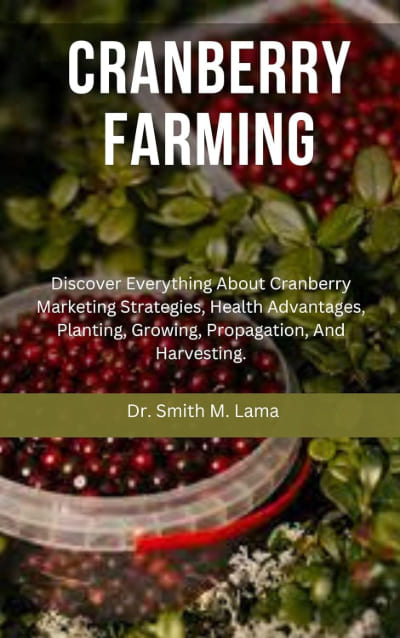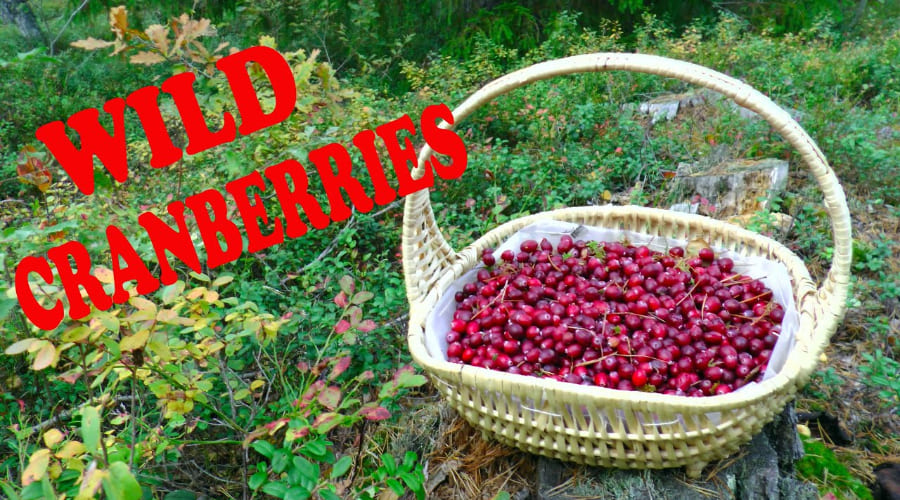- Looking for Wild Cranberries
- A secret map of Wild Cranberries
- What do Wild Cranberries look like?
- The taste and inside a mini pomegranate
- An ideal day among nature and berries
- Wild Cranberries Post-harvest tricks
- Wild botany, a jewel among mosses and laurels
- First impressions can be deceiving…
- Hidden flowers and aquatic surprises
- Preservation of Wild Cranberries
- More than a fruit, a natural pharmacy
- Are you ready for one of wild cranberry picking?
Looking for Wild Cranberries
There’s one time of year I look forward to…. Wild cranberries season! For the past seven years, picking them has become a warm tradition with a few good friends. And yes, every Thanksgiving I prepare my famous cranberry sauce, with that wild touch that is now almost ritualistic.
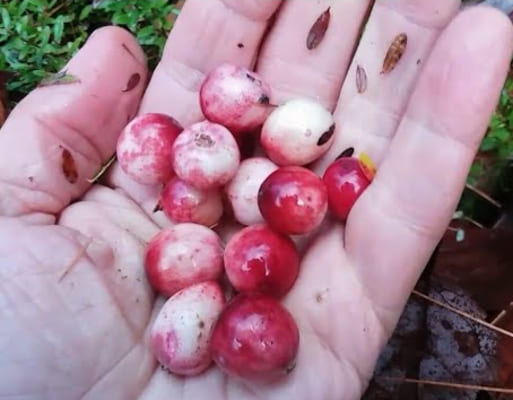
A secret map of Wild Cranberries
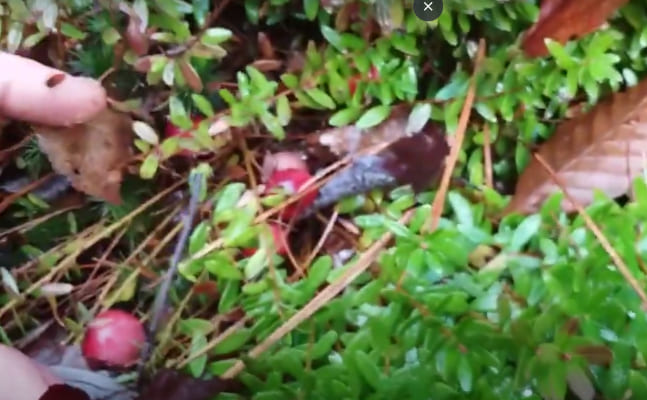
Finding the good spots was no easy task. It took me months of hiking around lakes to find the places that today are like a little annual treasure.
But this year, my goodness! They are juicier, bigger and tastier than ever. Nothing to do with the purchased ones.
Our special plot is in a mixed forest, next to a swampy area that floods with the spring rains. We watched for two seasons the full growth cycle of the wild cranberries. Watching them change from a puddle to completely dry…it’s almost like watching someone you love to grow up.
What do Wild Cranberries look like?
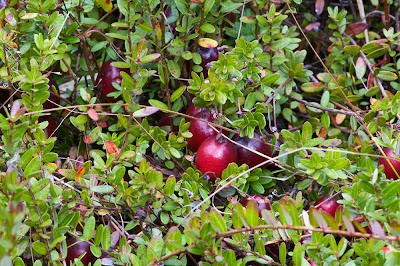
These little guys grow low to the ground, like a shy vine. When green, they look off-white, but when ripe? Bam! Intense, bright red.
They are easy to recognize and best of all: pesticide-free! Just remember, leave some for the animals. Wouldn’t you like to have even more next year?
They start sprouting in summer and mature in fall. They grow on short, fibrous stalks, as if they can’t handle the weight of the berry. And is that it seems huge, but it is small, and very light each stalk leave from one to three, and collect them is a breeze.
The taste and inside a mini pomegranate
They ripen from a lovely pink to a sour, powerful red. Inside, there’s a fluffy, pinkish-white flesh with tiny, light brown seeds. How appetizing does that sound?
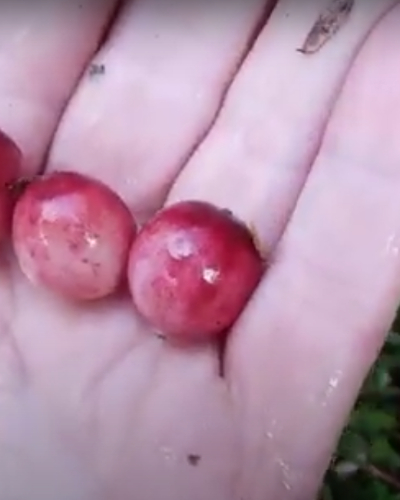
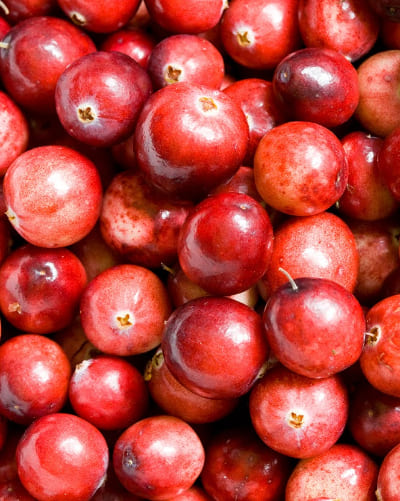
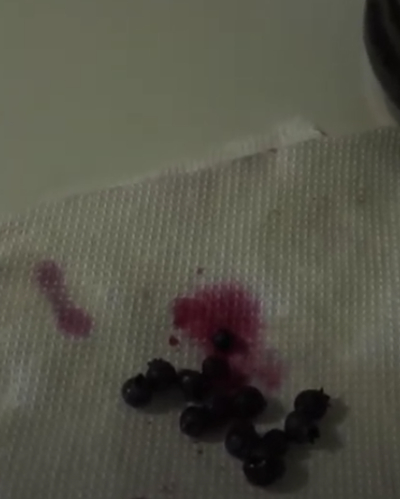
An ideal day among nature and berries
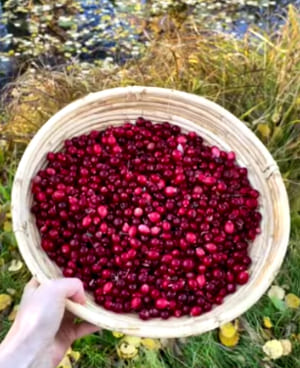
That day by the lake was magical. Just me, the trees and the gentle lapping of the water. There’s something deeply satisfying about filling buckets with your own hands.
Have you ever tried it? It’s therapeutic. Then at home, it’s time for cleaning and preserving.
Wild Cranberries Post-harvest tricks
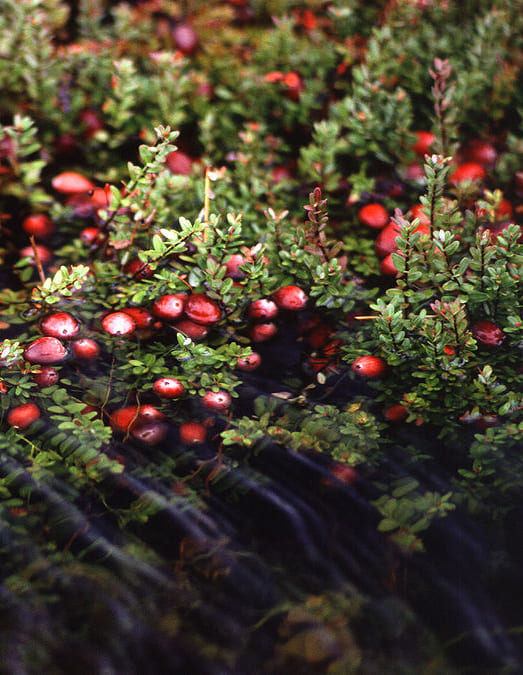
I tried some from last fall and alas, they are still just as tart. They don’t turn sweet when frozen, like rose hips. So to clean them well, throw away the broken ones and remove stems. I wash them in the sink and drain them in a colander.
These berries are common in the Northeast and Canada, especially on lakes, bogs and cold shores. September and October are their prime months.
Wild botany, a jewel among mosses and laurels
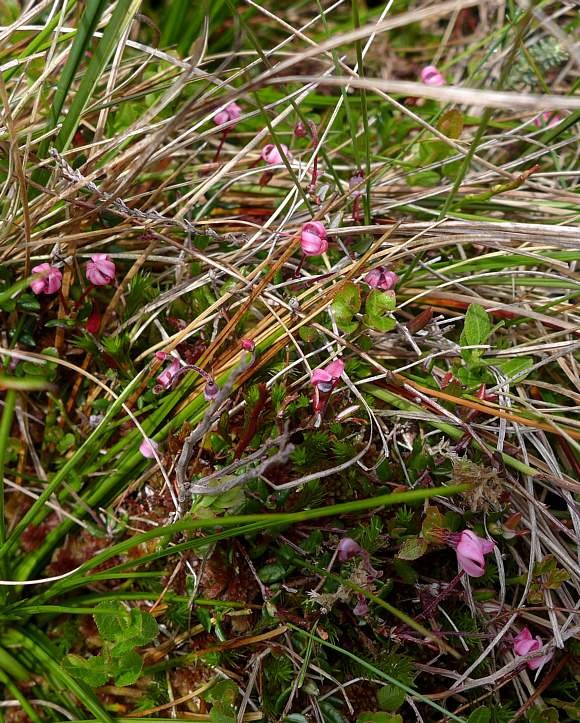
Cranberries (Vaccinium oxycoccos) belong to the Ericaceae family, along with rhododendrons, azaleas, laurels and other acidic soil friends. They love to grow in wet and swampy soils, often among pine trees. The native peoples already knew them, calling them sassamanash. Today, they are an important crop in areas such as Massachusetts, New Jersey and several Canadian provinces.
They grow low, intermingled with mosses and blackberries, as if they wanted to go unnoticed. Their leaves are oval and their flowers-yes, their flowers-appear in June as a pinkish-white tapestry, ready for the bees.
In late summer, they are already preparing for the following year’s harvest. But they need cold and a few hours of light to bloom again – a patient cycle! They take between 14 and 16 months to give us fruit.
First impressions can be deceiving…
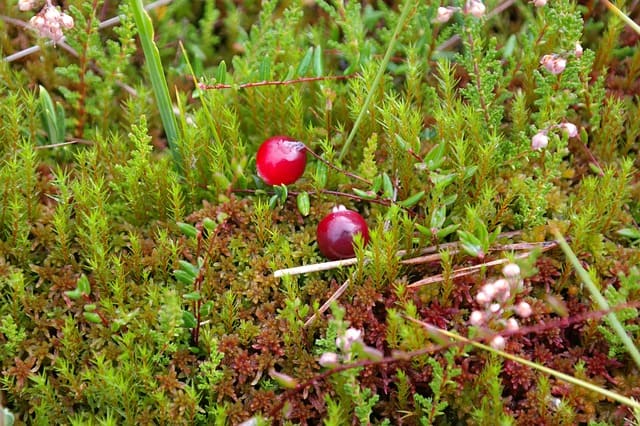
The first time I saw them, I confess that I was a little disappointed. I was expecting tall shrubs like blueberries But no, these plants are short, as if they are humbly twining. They root at the nodes and connect to each other like a subway family.
Their stems are thin, hairless and about 30 cm long. The leaves, leathery and evergreen, are only 1.27 cm long and are greenish on top and pale underneath.
Hidden flowers and aquatic surprises
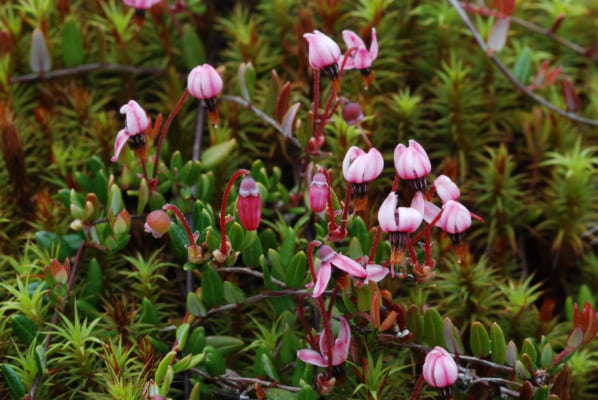
The flowers usually appear after the spring water recedes. This year, we went several times to photograph them, but the ground remained waterlogged. Many flowers were under water – could that be what reduced our crop, who knows!
The field is full of sweet ferns (Comptonia peregrina) and surrounded by white pines. This shows that the soil is sandy and acidic. Just what they love.
Preservation of Wild Cranberries
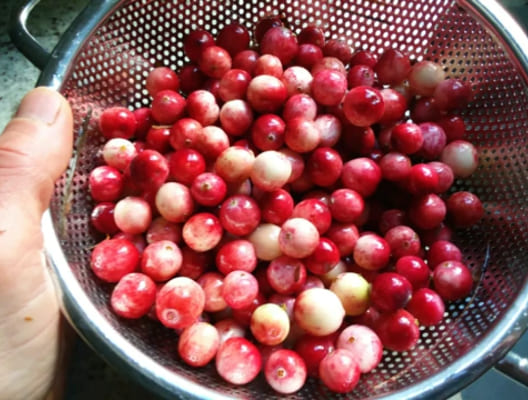
My star ally: the V2244 FoodSaver system. I freeze my wild berries without fear of freezer burn. It preserves food up to five times longer, and it works wonders with wild cranberries. I drain them and, wham, into the sealed bag.
They freeze well, but are also a delight cooked or juiced. I make a compote and pack it in a bain-marie. It goes great with oatmeal and a drizzle of local honey.
We pick a few cubes, rinse them and freeze most of them. The same size as the commercial ones, you can use them in muffins, pancakes, sauces, pies, or even dehydrate them.
More than a fruit, a natural pharmacy
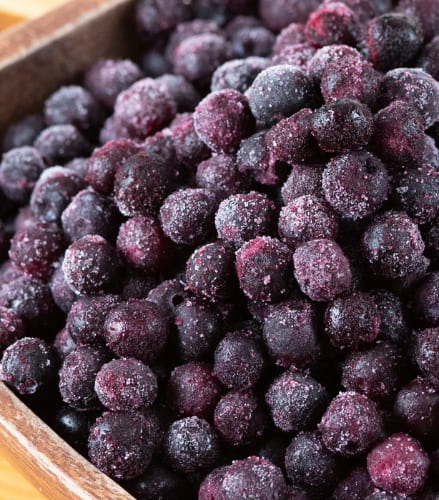
Wild blueberries are rich in pectin, vitamin C, beta-carotene and antioxidants. The National Library of Medicine of the National Institutes of Health states that they can do many things. It supports gums and teeth.
They also prevent urinary tract infections, soothe inflammation and aid digestion; who would have thought that something so small could do so much!
Some even survive the winter. We found some from the previous year still crunchy. Of course, once frozen, they get a little soft.
‘In addition to picking cranberries, you may be interested in learning how to preserve black walnuts for year-round use.’
Are you ready for one of wild cranberry picking?
A Field Guide to North America” has been my companion on this wild journey. With over 200 edible species and colour photos, it helped me learn that wild cranberries are not just tasty.
They are part of a fascinating plant world. What about you? What are you waiting for to go out and pick them?
